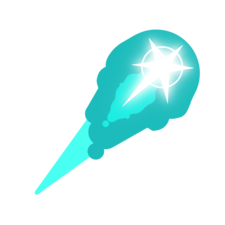Installer Steam
connexion
|
langue
简体中文 (chinois simplifié)
繁體中文 (chinois traditionnel)
日本語 (japonais)
한국어 (coréen)
ไทย (thaï)
Български (bulgare)
Čeština (tchèque)
Dansk (danois)
Deutsch (allemand)
English (anglais)
Español - España (espagnol castillan)
Español - Latinoamérica (espagnol d'Amérique latine)
Ελληνικά (grec)
Italiano (italien)
Bahasa Indonesia (indonésien)
Magyar (hongrois)
Nederlands (néerlandais)
Norsk (norvégien)
Polski (polonais)
Português (portugais du Portugal)
Português - Brasil (portugais du Brésil)
Română (roumain)
Русский (russe)
Suomi (finnois)
Svenska (suédois)
Türkçe (turc)
Tiếng Việt (vietnamien)
Українська (ukrainien)
Signaler un problème de traduction








































Any chance for a follow up? What next to do?
"The higher the number, the sooner Gnomes with the Farming job will get to it"
*lower
Tiny suggestion; under "Menu basics" You could add corresponding numbers (instead of just a dot-list) to the descriptions of the menu bar buttons?
As far as I'm aware it only spawns above ground. You'll need to really push for those yaks to start producing milk for your Gnomes.
I'm afraid not. That sounds like a bug to me and you should report it to the developer if you can.
Technically speaking yes, it would be, but I've found that I end up needing those four extra spaces to generate enough wheat for my yaks after the first harvest comes in. It also depends how much continuous space you have. Some maps don't have enough for a 6x6 area. At the end of the day, if you have enough resources, the exact layout is up to you.